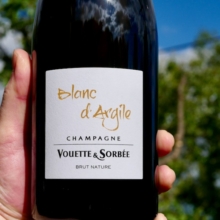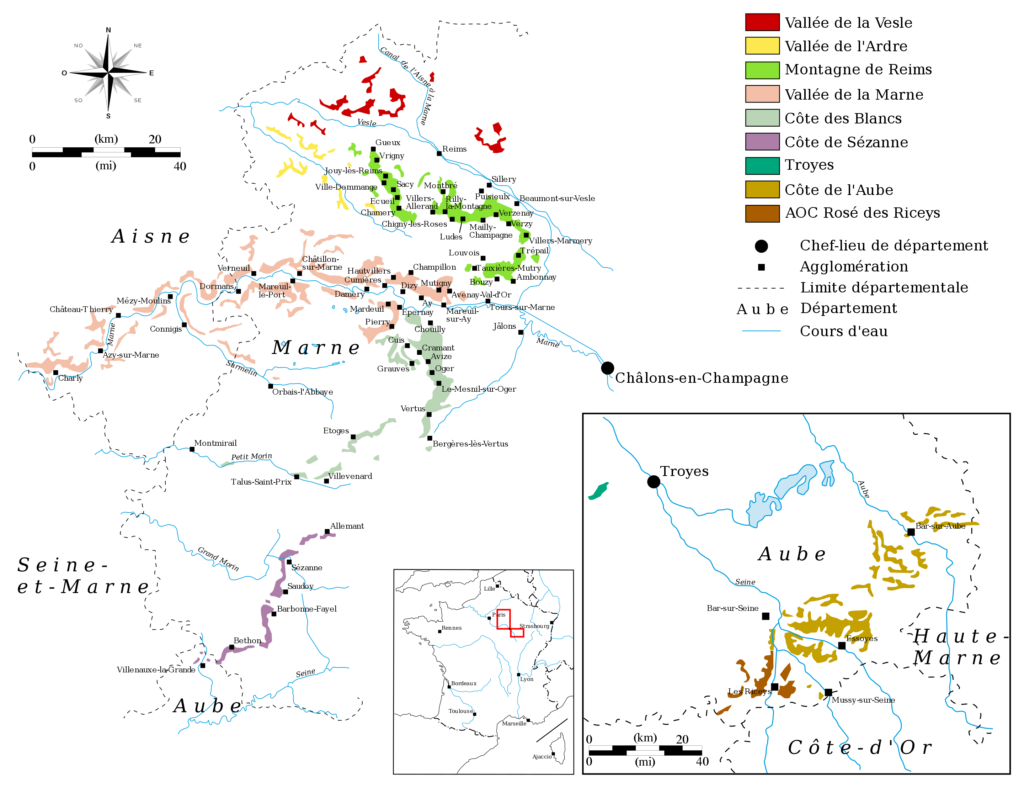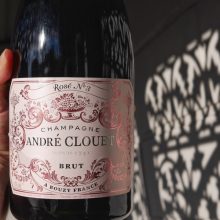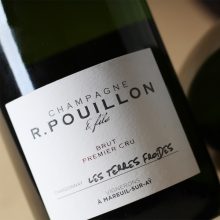
Product information
Champagne Vouette et Sorbée Blanc d’Argile Blanc de Blancs (Base 2020) NV
Chardonnay from France, Côte des Bar, Champagne, Buxières-sur-Arce
$243
Description
Very complete, excellent vertical linear flow and shape with a generosity, love the weighting and persistance, a little chalky phenolics, and perhaps just a little oak influence. Great development pre bottling with a delicacy in the lees work and a resolved comfort.
In stock








You must be logged in to post a comment.